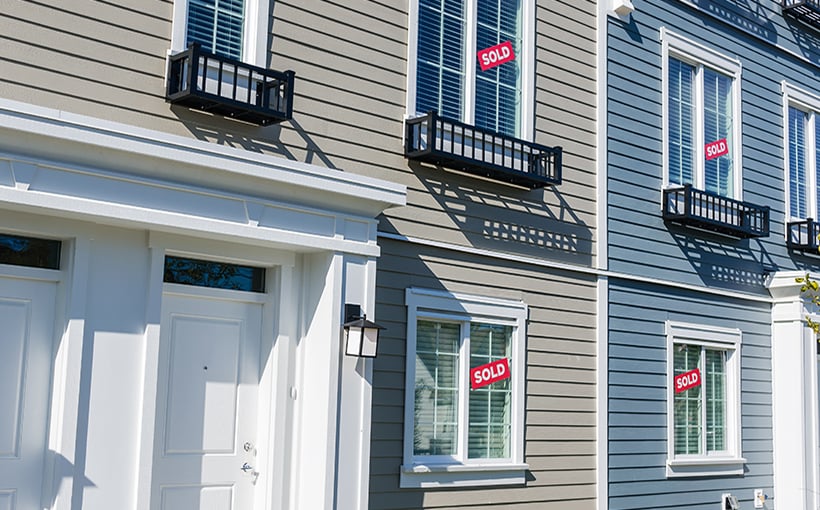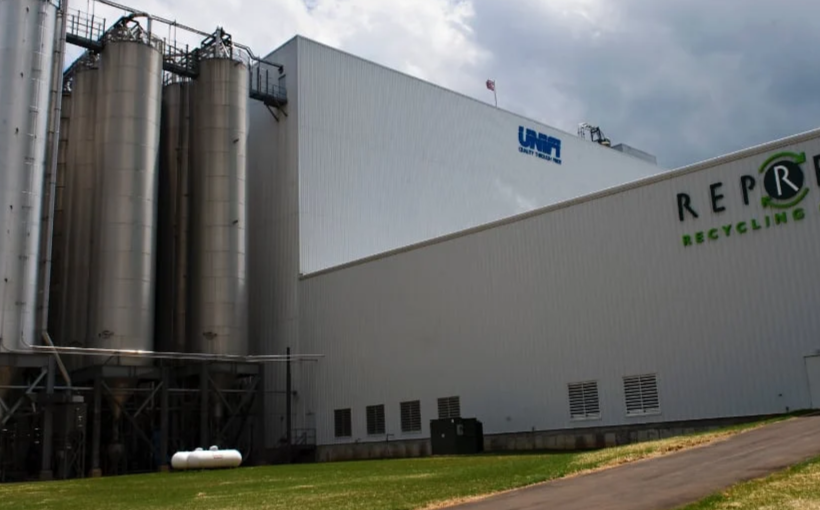The COVID-19 pandemic has had a devastating impact on the world, causing widespread illness and death. It also greatly affected residential commercial real estate (CRE) in major cities and urban areas, as people sought out more spacious living arrangements outside of densely populated areas. This led to a decline in apartment rents and condo sales.
However, recent statistics from the National Association of Realtors show that there is more to this story than meets the eye. While overall condo and co-op sales have decreased by 4.8% compared to last year, experts are seeing signs of growth in gateway cities and their condominium markets.
Séamus Naughten , managing partner at Dolmen Property Group , explains that despite negative reports about interest rates and housing costs, projects like Oran – a 54-unit condominium development located in San Francisco’s Lower Nob Hill area – have seen strong interest from first-time homebuyers since its launch in early 2023.
Jon Cordell
So what is driving this “condominium comeback”? According to Jonathon Cordell , Director of Development Management & Operations for Lendlease’s Central Region: “Many renters who can afford city living can also afford homeownership; it’s just a matter of educating them about the process.” As companies begin requiring employees back into offices after remote work during lockdowns became common practice across many industries over past two years due Covid-19 pandemic – workers are returning back into these vibrant urban cores where they once resided before moving away temporarily during lockdowns.”
This trend towards returning downtown is supported by multiple metrics such as research from Oxford Economics which shows that many people are starting to move back into large urban areas – reversing previous trends seen during peak months when Covid-19 was most active throughout country between March through August each year since beginning outbreak late December/early January prior year (2020). Additionally U.S Census Bureau data indicates domestic migration out some counties has slowed down significantly.
Miles Carter
The Federal Reserve Bank of Cleveland also reports that migration patterns are returning to pre-pandemic levels in cities like New York, Los Angeles, and San Francisco. This is partly due to practical reasons such as companies requiring employees back into offices and workers having no choice but to return to these cities for work. As a result, the condo market in vibrant urban areas is rebounding.
Seamus Nally , CEO of TurboTenant , explains: “While the pandemic initially led many people away from city living, we are now seeing a resurgence in demand for condos.” This trend can be seen at properties like Oran which offers wellness-focused amenities designed with health concerns during COVID-19 outbreak mind – including systems that help kill harmful airborne bacteria and viruses through IT microbial hardware & contactless entry systems.”
David Bitton
Another factor contributing to this “condominium comeback” is the availability of creative financing options offered by new construction developments. Jon Cordell notes that Lendlease’s Cirrus (350 units) located within Lakeshore East neighborhood Chicago’s downtown core along with Reed Condominiums (216 units) situated on South Branch River have both experienced strong sales despite high interest rates thanks largely due temporary rate buydown program developer credits used towards mortgage payments preferred lender several percentage points below what available on open market.”
Furthermore David Bitton , broker & CMO/co-founder Doorloop property management firm says there has been an increase demand among buyers looking purchase their first home who may have saved money while living outside major cities over past two years since Covid-19 pandemic began – either moving back parents’ homes or less expensive areas where they could save more strategically before making move into city again once feel comfortable enough do so financially speaking.”
In addition luxury amenities play critical role attracting first-time buyers according Miles Carter senior counsel Allen Matkins . He adds “Developers historically resisted adding big-ticket luxury items that would result in higher monthly HOA assessments, which tended to scare off first-time buyers. However, developers are now meeting demand and incorporating these amenities into their properties – especially when buyers can justify or offset increased costs by cancelling gym memberships or using communal office spaces for remote work.”
David Bitton
According to David Bitton , “Flexible floor plans accommodating various needs like office space, fitness areas & guest hosting are also important factors for first-time condo buyers.” Additionally he notes that multiuse and flexible spaces have become increasingly popular as people look for ways to adapt their living environments during the pandemic.
The experts also agree on the importance of health-related amenities in today’s market. Seamus Naughten explains how Oran was designed with healthy living in mind – including features such as systems that help kill harmful airborne bacteria and viruses through IT microbial hardware & contactless entry systems.”
Jon Cordell adds: “Amenities have experienced a shift towards technology integration, health/wellness/sustainability along with flexible community spaces accommodate hybrid work schedules.” This is evident at Lendlease’s Cirrus (350 units) located within Lakeshore East neighborhood Chicago’s downtown core along with Reed Condominiums (216 units) situated on South Branch River where sales remain strong thanks largely due temporary rate buydown program developer credits used towards mortgage payments preferred lender several percentage points below what available open market.”
So what does the future hold for condominiums? The experts predict a positive outlook for 2024 – particularly in urban cores. Seamus Nally believes cities will be big winners next year as young professionals show a high willingness return back into city life after spending time away from it during lockdown periods over past two years since Covid-19 outbreak began late December/early January prior year (2020). He says: “27-year-old who has been staying parents’ home suburbs can’t take it anymore; they want social aspect being closer work.”
David Bitton
David Bitton also anticipates a rebound in demand for city living, especially in gateway cities. However, he warns that there will be challenges to overcome such as lingering health concerns and evolving lifestyle preferences. He adds: “Developers must be prepared to meet changing consumer demands by offering adaptability in the market.”
In conclusion, the “condominium comeback” is driven by a combination of factors including returning urban migration patterns, creative financing options offered by new construction developments and an increased demand for luxury amenities – particularly those focused on health and wellness. As we look towards 2024 with optimism for the future of condominiums in urban cores and gateway cities alike – it’s clear that developers must continue to evolve their offerings to meet changing consumer demands if they want to stay ahead of the curve.
The post Explaining The Resurgence Of Condominium Living In Urban Cores appeared first on Connect CRE .




